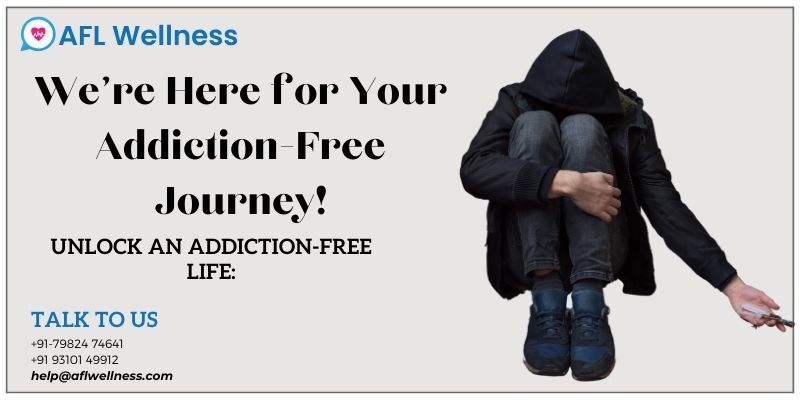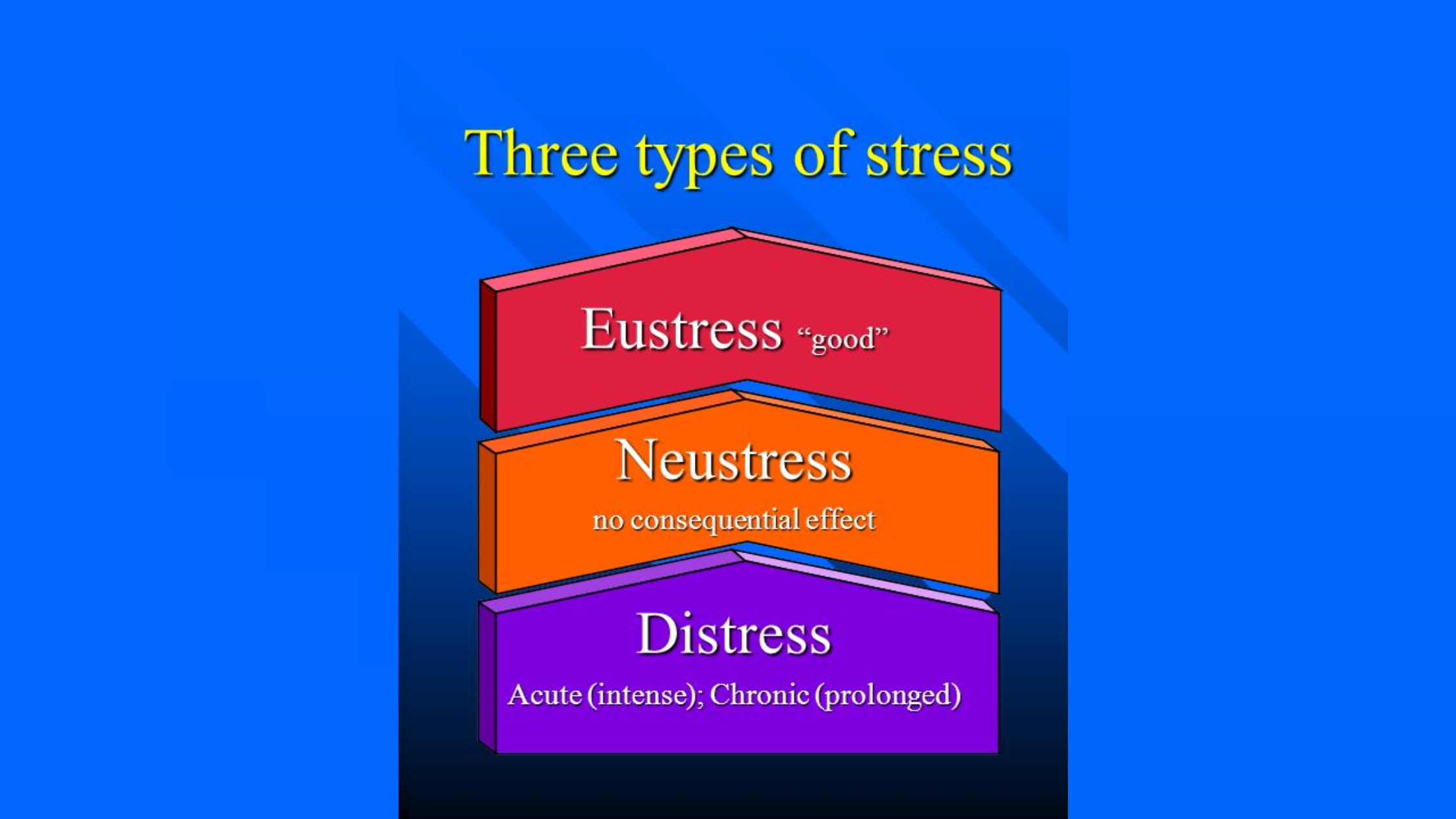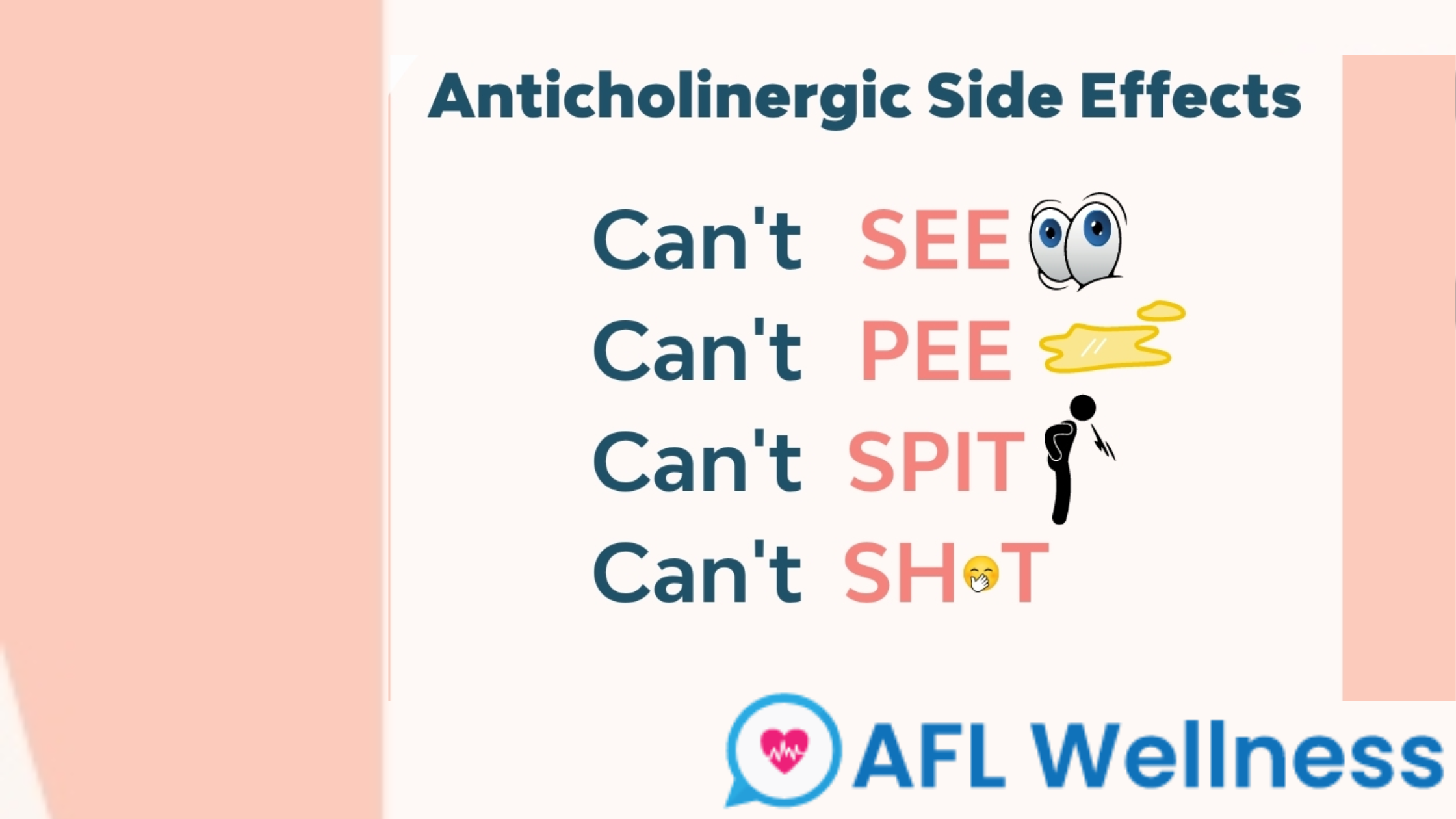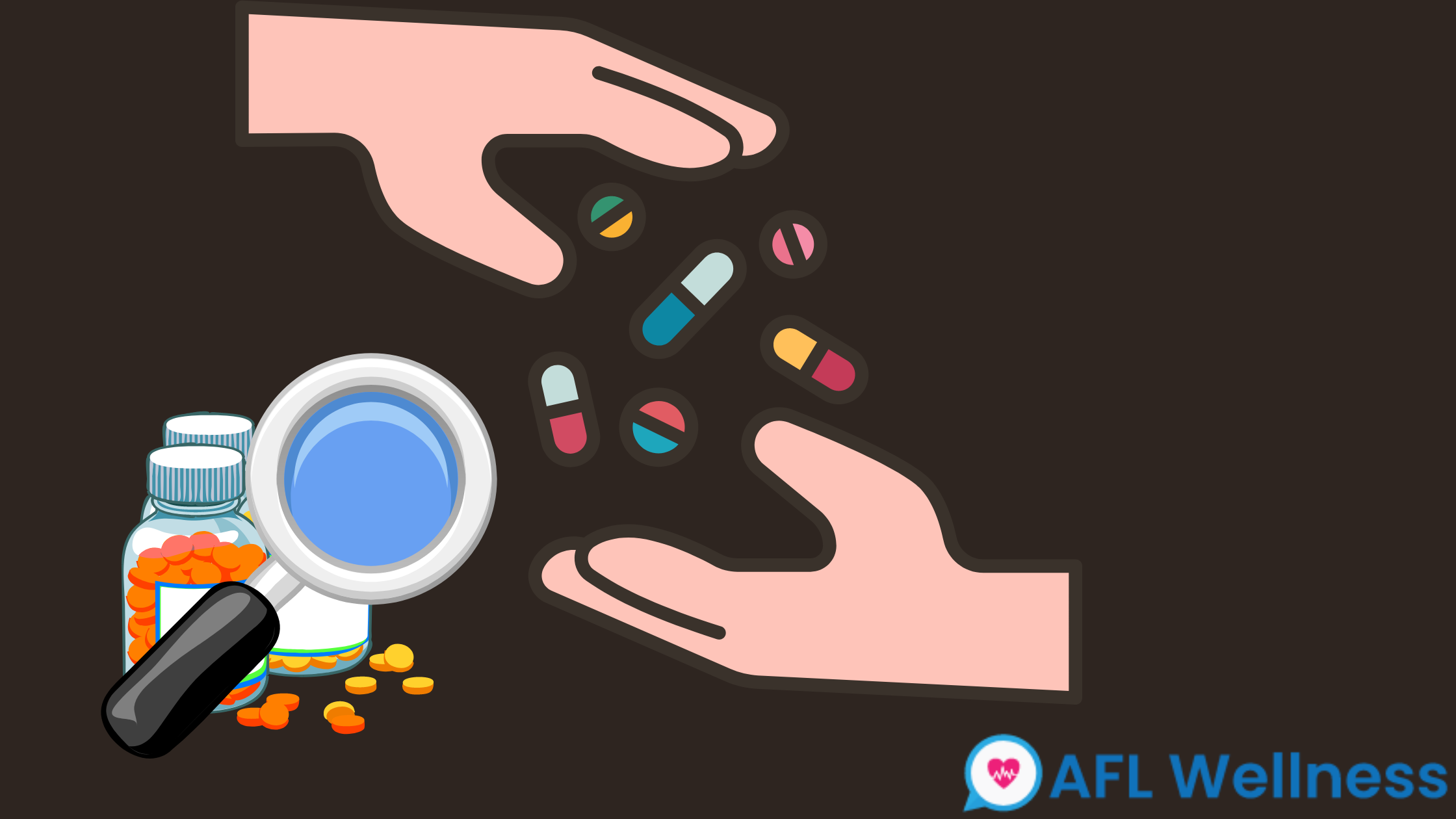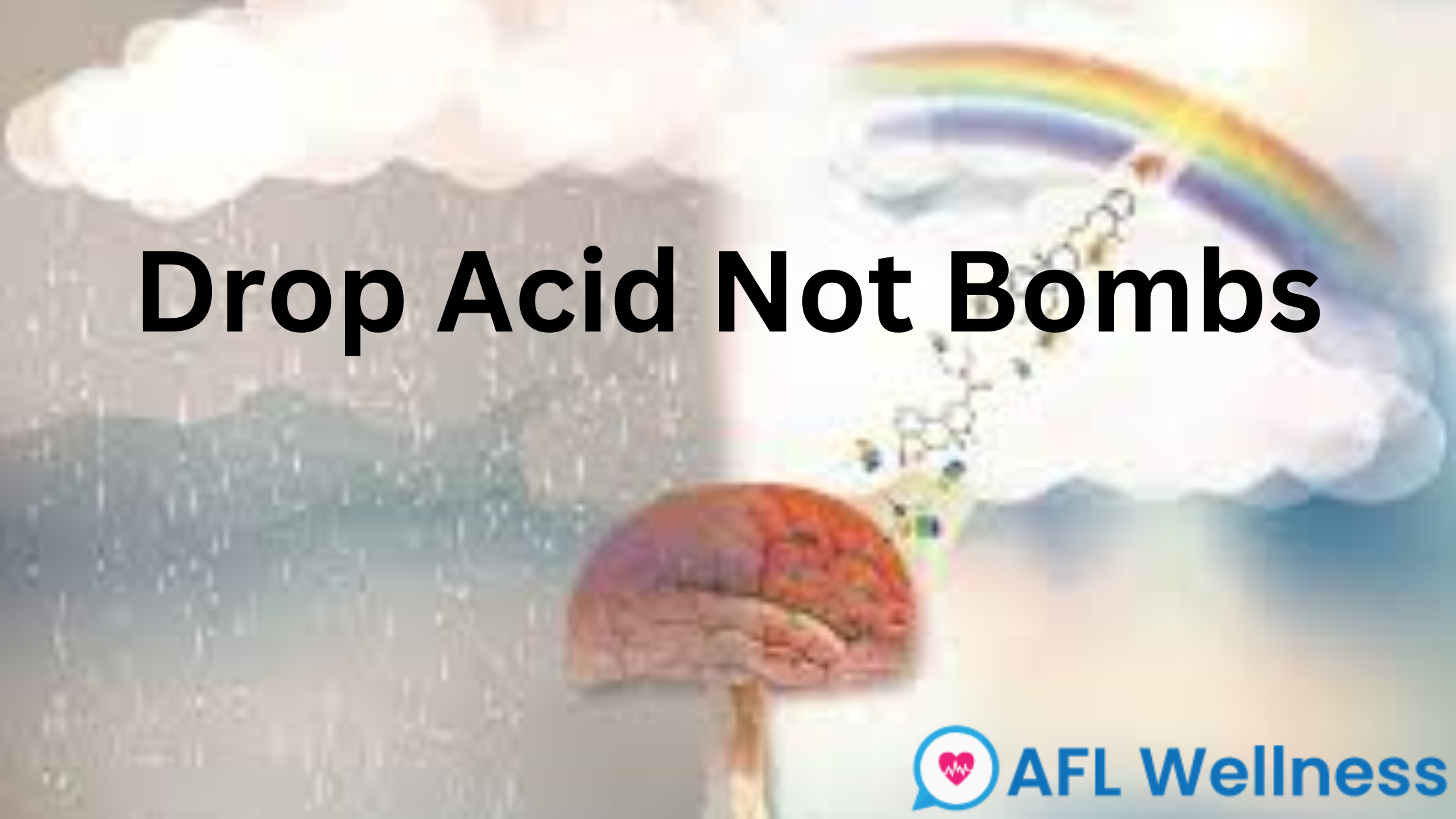
December 14, 2025
Acid Drugs
LSD (lysergic acid diethylamide), a potent hallucinogen, was created for the first time in 1938. When anything you perceive as real but isn't—something you see, hear, feel, taste, or smell—you have a hallucination. It is commonly referred to as an "acid drug." Lysergic acid, a substance present in the fungus ergot that develops on rye and other grains, is used to make LSD synthetically. It might occasionally result in an unpleasant and perhaps terrifying experience known as a "bad trip."
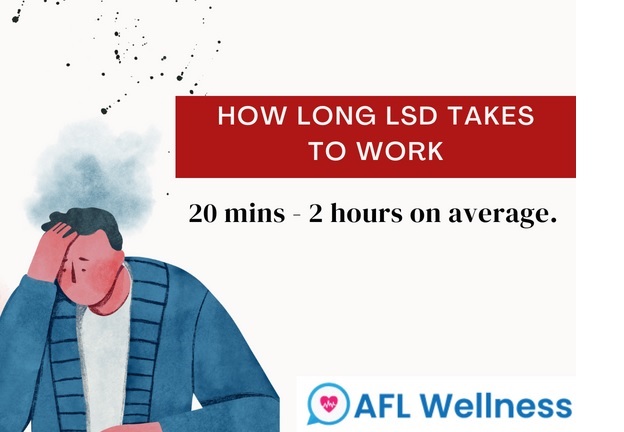
What does acid drug look like?
An acid drug is typically found in a variety of forms on the streets, including:
- The most popular form is blotter paper, which consists of absorbent paper with colourful designs soaked in LSD and cut into little, individual dosage units.
- Thin gelatin squares.
- Capsules or tablets (often little tablets known as Microdots).
- On sugar cubes, liquid.
- Purely liquid state
What happens if you take Acid Drug?
After consuming Acid drug, the initial symptoms often appear thirty to ninety minutes later. The pupils frequently enlarge. While the heart rate and blood pressure might go up or down, the body temperature can go up or down. Chills or sweating are not unusual. Loss of appetite, trouble sleeping, tremors, and dry mouth are common side effects of acid drug usage. However, visual alterations are among the more frequent side effects; the user may develop a fixation on the strength of particular hues.
Extreme mood swings might range from extreme anxiety to a state of blissful disorientation. The worst thing is that an acid drug user cannot distinguish between experiences brought on by the drug and those that are a part of reality.
Many people know how to do acid drug. When used in sufficient amounts, an acid drug causes hallucinations and delusions. Time and the user's sense of self are altered. Movements, colours, and noises are all distorted, as well as the sizes and shapes of the items. Even one's sense of touch and common physiological experiences change into unusual and bizarre things. The person may experience sensations that "cross over," giving them the impression of seeing colours and hearing sounds. These adjustments could make you feel anxious and frightened.
LSD (acid drug) and alcohol together lessen the effects of both drugs. You are more likely to reach for more if you are not experiencing the full impacts of either, which raises the possibility that you will overdo it.
Some people might appreciate the benefits they experience from combining the two, but doing so increases your risk of having a terrible trip and a difficult comedown that includes nausea and vomiting.
How long is it retained in your body?
Several variables affect how long LSD remains in your system and can be found in a drug test.
These consist of:
- your liver function
- your liver function
- how much you take
- your age
Along with the sort of drug test utilised, other factors to consider include the interval between consuming LSD and the test.
LSD is swiftly broken down by the liver into inactive molecules. You only eliminate 1% of unmodified LSD through your urine after 24 hours. LSD cannot be found in standard drug testing, which are frequently urine tests.
However, blood tests and hair follicle testing can both detect LSD for up to 90 days after exposure. However, these aren't as frequently utilised.
The Dangerous Impacts of an acid drug
An intense, altered state on an acid drug, which is frequently taken as a tab, changes into dissociation and hopelessness. Often, "bad excursions," which can last up to twelve hours, cannot be stopped.
Physical Effect
- Dry mouth
- Loss of appetite
- Tremors
- Sweating or chills
- Dilated pupils
- Sleeplessness
- Higher or lower body temperature
Mental Effect
- Panic attacks
- Delusions
- Depression or psychosis
- Terrifying feelings and thoughts
- Fear of losing control
- An imaginary sense of certainty
- Impaired sense of depth
- Impaired time perception, skewed perceptions of size and shape, sound, touch, colour, movement, and one's own body image.
- Imaginable delusions
Exists a chance of addiction
The National Institute on Drug Abuse Trusted Source states that LSD is not an addictive chemical, although frequent use can lead to tolerance to it and other hallucinogens.
When tolerance sets in, additional of the drug is required to get the same results. This raises the possibility of unpleasant trips and lasting repercussions.
Recovery from acid drug Use
There are numerous actions to take after deciding to seek treatment.
- Speak with a healthcare professional to help you find trustworthy resources of assistance and track your progress.
- To better understand your habits and the reasons behind your continued use of LSD, you may want to consider talk therapy (behavioural counselling) and group counselling.
- Keep your visits, and adhere to the recommended course of therapy. Think about including your treatment strategy with dependable relatives or friends.
- Take care of yourself by exercising, eating a balanced diet, and managing your stress. Be in the company of encouraging individuals.
- Additional medical therapy may be required to treat drug-related symptoms like anxiety, sadness, or schizophrenia.
- Try to develop new interests and hobbies to divert your attention from drug use. Take into account volunteering.
- Make an effort every day to avoid drug users, even if they were formerly your buddies.
Flashbacks and Health Risks of LSD
LSD usage increases the risk of harm or death because it impairs one's ability to make rational decisions and recognise everyday threats.
After an LSD trip, the consumer may experience extreme anxiety or depression as well as flashbacks, which are recurrences of the impacts of LSD days or even days after consuming the last dosage.
- People who take hallucinogens frequently or who have a fundamental personality disorder are more likely to experience flashbacks, which happen suddenly and frequently without warning.
- Flashbacks can occur in healthy adults who occasionally use LSD.
- LSD use carries concerns beyond just bad trips and flashbacks. Users of LSD may also experience relatively persistent psychoses, such as severe depression or schizophrenia.
LSD causes tolerance, so the user must take higher amounts to experience the same high. Some people who use the substance regularly need to take increasing amounts to reach the same level of intoxication that they had before. Because the medicine is unpredictable, this approach is incredibly risky.
LSD has been classified as a Schedule 1 drug in the US by the Drug Enforcement Agency (DEA), which indicates it is illegal, has a poor potential for medicinal use, requires supervision, and a high potential for abuse. Although there is increased interest in LSD's potential therapeutic uses, such as the treatment of depression and alcoholism, it is still classified as a Schedule 1 drug. Studies that follow modern research standards are now being undertaken and may advance our knowledge of LSD use.
LSD is created in crystalline form, which is then combined with other inert substances or dissolved with fluids to create ingestible forms. It has no flavour, no colour, and a mildly bitter aftertaste.
Moreover, if you ever search for any wellness centre, you'll learn that AFL Wellness is considered as one of the leading treatment centres that provides care for those with drug-related issues as well as many other types of problems. The top psychologist is available to cure your any addiction there. Clients are very satisfied and happy with the treatment.
